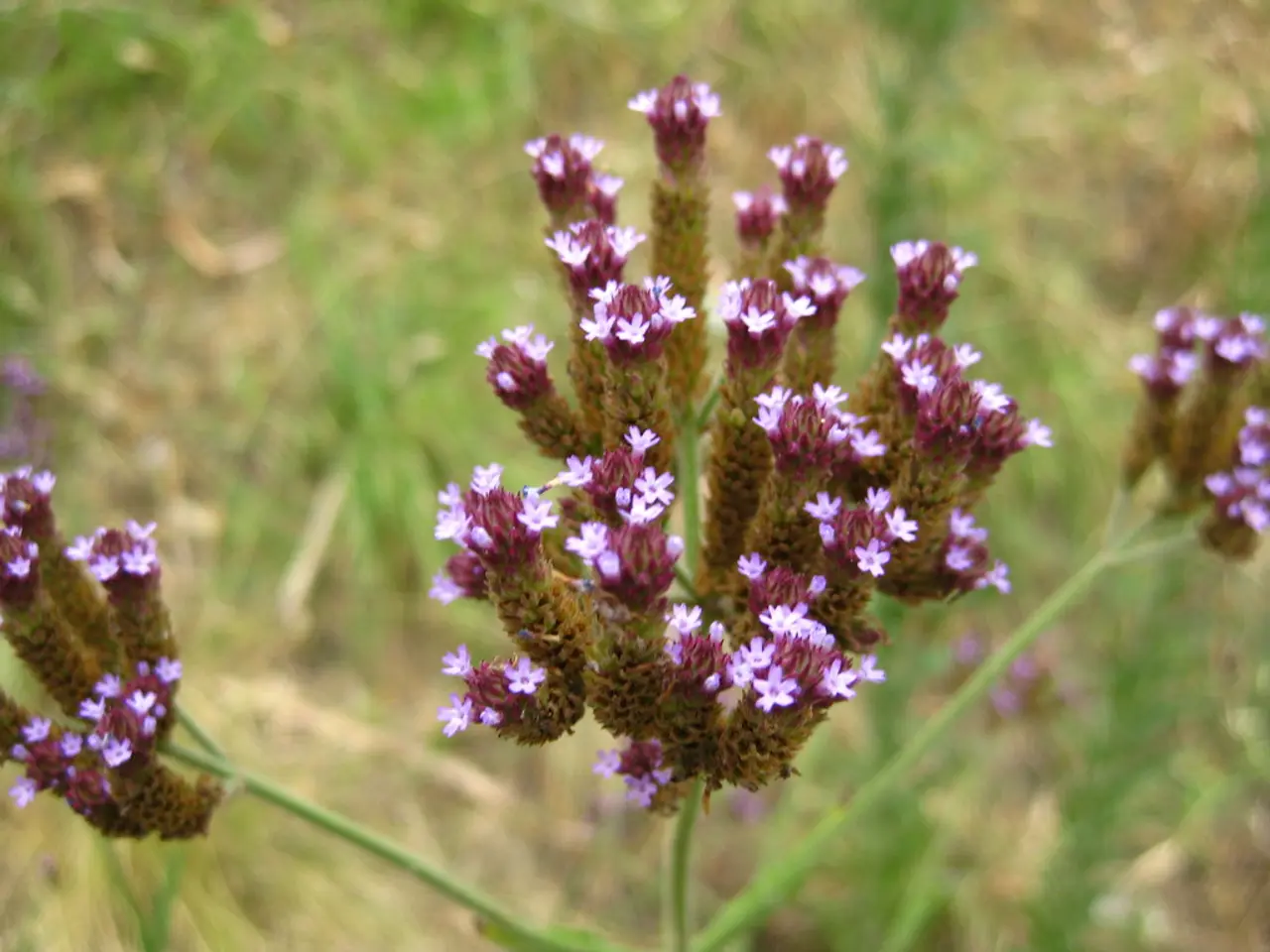Instructions for Cultivating Home-Grown Potatoes
Updated August 2020
Growing Potatoes: A Beginner's Guide
Growing your own potatoes can be a rewarding and thrifty venture, especially with minimal effort and maintained care. This comprehensive guide will walk you through the process, from selecting the optimal variety to harvesting your first home-grown crop.
Choosing the Right Potato Varieties
Potatoes come in a variety of types, mainly divided into starchy, waxy, and all-purpose varieties. Select a type that matches your preference and local growing conditions.
- Starchy potatoes (e.g., Russet) are best for baking and mashing.
- Waxy potatoes (e.g., Red Bliss, Yukon Gold) are excellent for salads and boiling.
- All-purpose potatoes (e.g., Kennebec) are versatile for multiple cooking methods.
Planting Seed Potatoes
To successfully grow potatoes, begin by selecting a well-draining, sunny location with loose soil or containers with adequate depth and drainage. Prepare the soil by adding compost to improve fertility. If space is limited, consider growing potatoes in containers.
Before planting, cut large seed potatoes into smaller pieces with at least one growth node, also known as an "eye." Allow the cut pieces to dry for a day or two before planting to form a callus and reduce rot risk. Plant seed potatoes 2 to 4 inches deep and 12 inches apart in rows or containers, with eyes facing up.
As the plants grow, hill soil or mulch, like straw, around the base to encourage more tuber formation and prevent green potatoes (which can be toxic if consumed).
Harvesting Techniques
Potatoes can be harvested either early, for young or "new" potatoes, or mature, once plant foliage turns yellow and dies back. To harvest early, wait 2 to 3 weeks after the plant stops flowering. For mature potatoes, dig carefully around the plants once the foliage has completely died back. For container-grown potatoes, simply tip the pot over and gather the harvest.
Additional Tips
- Maintain consistent moisture while ensuring the soil is not too soggy.
- Use an organic, slow-release fertilizer blended into the soil at planting time.
- Rotate potato planting areas and avoid wetting foliage to reduce disease risk.
By following these steps, you can reap the benefits of a thriving potato crop in your garden or containers.
For a more organized gardening experience, consider using a garden planner or a garden journal to keep track of your planting schedule, growth progress, and harvest dates.To delve deeper into the world of gardening, tune into home-and-garden podcasts for insights, tips, and inspiration from fellow gardening enthusiasts.With a lifestyle centered on home-gardening, you can explore a plethora of garden printables, such as garden journals, label templates, and planner pages, to enhance your gardening endeavors.Embrace the joy of learning and experimenting with potato cultivation, as growing potatoes is not just about nourishing your body but also enriching your gardening lifestyle.








